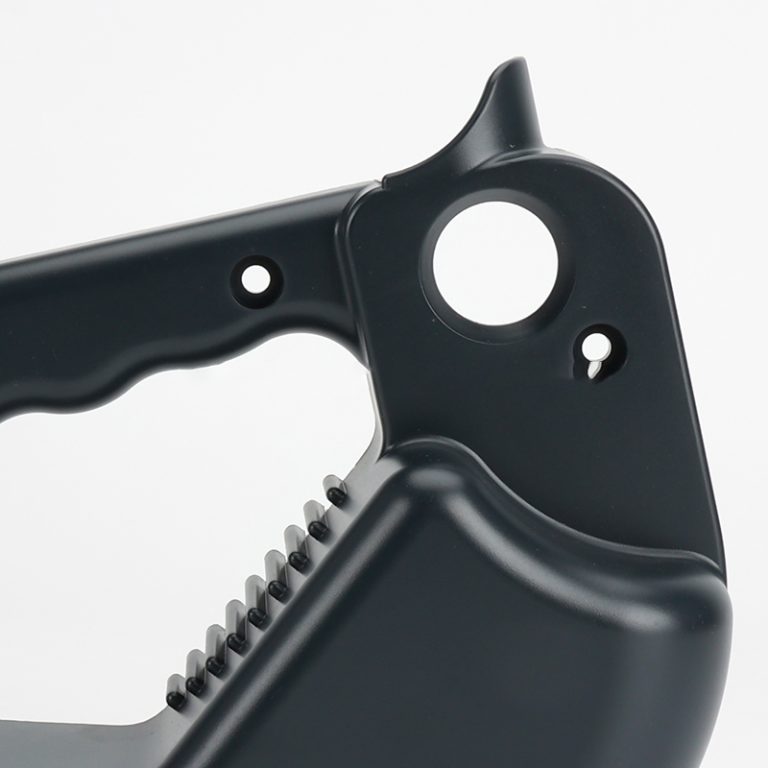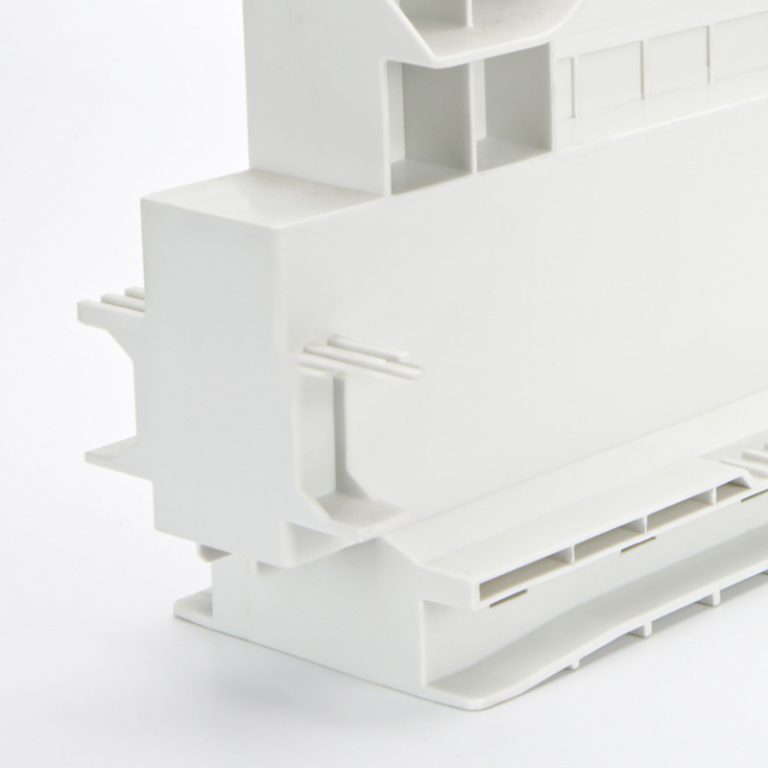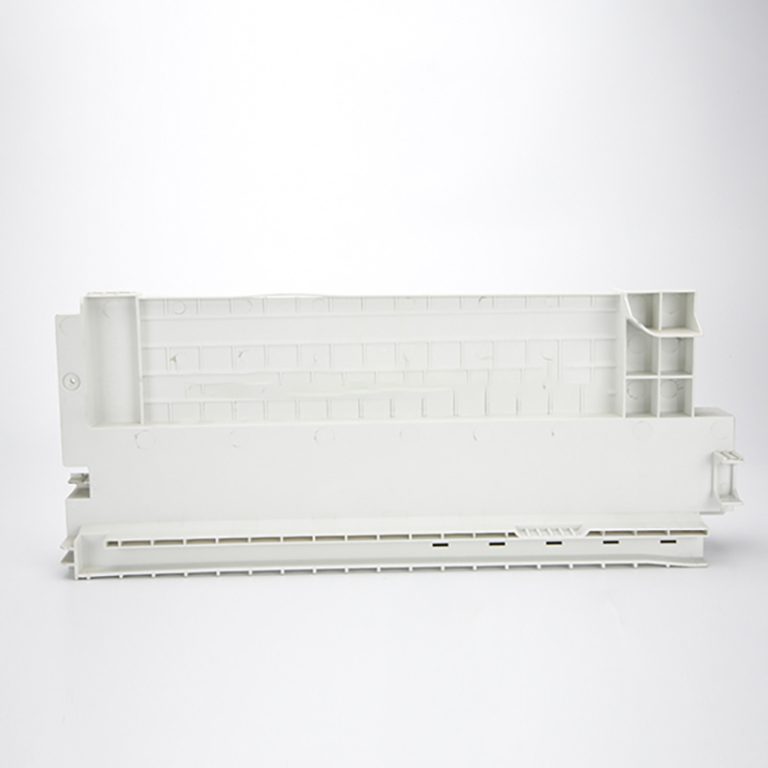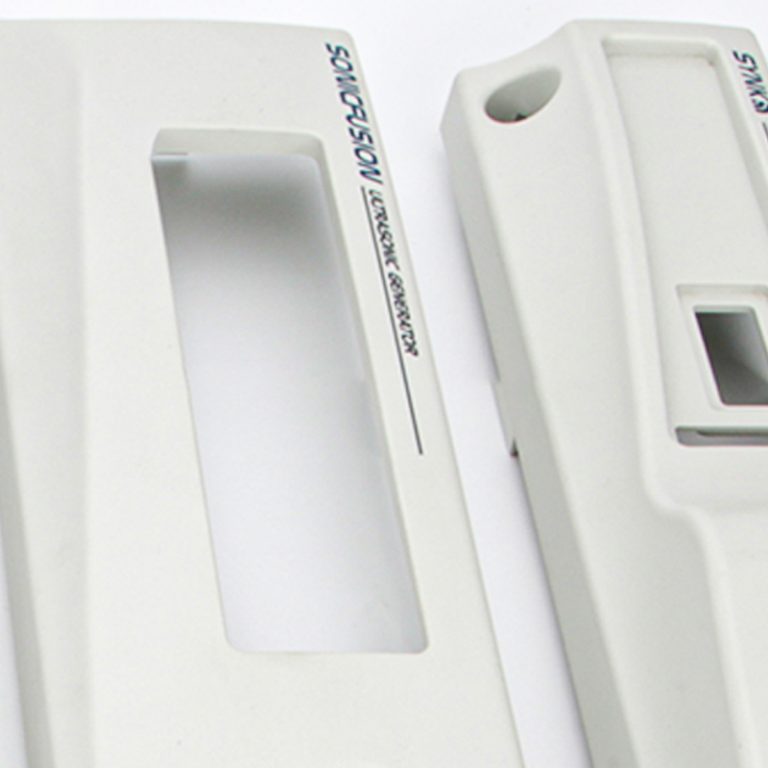Inhoudsopgave
Voordelen van het gebruik van maatwerk van kunststofcomponenten in productieprocessen
Materiaalkeuze
| kleur | PP/PC/ABS/PET/PEEK/ENZ. |
| OEM/ODM | Over het geheel genomen zijn de voordelen van het gebruik van maatwerk van kunststofcomponenten in productieprocessen duidelijk. Door op maat gemaakte kunststof componenten te ontwerpen die zijn afgestemd op specifieke vereisten, kunnen bedrijven een hoger niveau van efficiëntie, functionaliteit en kosteneffectiviteit bereiken. Op maat gemaakte kunststof componenten kunnen helpen afval te verminderen, de duurzaamheid te verbeteren, geavanceerde functies en technologieën te integreren, productieprocessen te stroomlijnen en producten op de markt te differentiëren. Voor bedrijven die de concurrentie een stap voor willen blijven en innovatie in hun branche willen stimuleren, is het aanpassen van kunststofcomponenten een waardevol hulpmiddel dat aanzienlijke voordelen kan opleveren. |
Hoe u het juiste plastic materiaal kiest voor aangepaste componenten

Kunststof componenten vormen een essentieel onderdeel van veel producten, van elektronica tot auto-onderdelen. Als het gaat om het maken van op maat gemaakte kunststof componenten, is de keuze van het juiste materiaal cruciaal om ervoor te zorgen dat het eindproduct aan de gewenste specificaties en eisen voldoet. Omdat er een breed scala aan beschikbare plastic materialen beschikbaar is, kan het selecteren van de meest geschikte een hele klus zijn. In dit artikel bespreken we hoe u het juiste kunststofmateriaal voor op maat gemaakte componenten kiest.
Een van de eerste factoren waarmee u rekening moet houden bij het selecteren van een kunststofmateriaal voor op maat gemaakte componenten is de beoogde toepassing van het eindproduct. Verschillende kunststofmaterialen hebben verschillende eigenschappen die ze geschikt maken voor specifieke toepassingen. Als het op maat gemaakte onderdeel bijvoorbeeld wordt blootgesteld aan hoge temperaturen, kan een hittebestendig plastic materiaal zoals polyetherimide (PEI) of polyfenyleensulfide (PPS) geschikter zijn. Aan de andere kant, als het onderdeel in een corrosieve omgeving wordt gebruikt, kan een chemisch bestendig plastic materiaal zoals polyvinylchloride (PVC) of polypropyleen (PP) een betere keuze zijn.
Een andere belangrijke overweging bij het kiezen van een plastic materiaal voor maatwerkcomponenten zijn de mechanische eigenschappen die vereist zijn voor het eindproduct. Verschillende plastic materialen hebben verschillende niveaus van sterkte, stijfheid en slagvastheid. Voor componenten die zware belastingen of hoge impactkrachten moeten weerstaan, kan een sterk en stijf materiaal zoals acrylonitril-butadieen-styreen (ABS) of polycarbonaat (PC) geschikt zijn. Omgekeerd kan voor componenten die flexibiliteit en elasticiteit vereisen een buigzamer materiaal zoals thermoplastische elastomeren (TPE) of polyurethaan (PU) een betere optie zijn.
Naast de mechanische eigenschappen is het ook essentieel om rekening te houden met de omgevingsfactoren die de aangepaste component zal worden blootgesteld. Sommige plastic materialen zijn beter bestand tegen UV-straling, vocht of chemicaliën dan andere. Voor buitentoepassingen kan een weerbestendig materiaal zoals polyethyleen (PE) of polypropyleen (PP) de voorkeur verdienen. Voor componenten die in contact komen met agressieve chemicaliën kan een chemisch bestendig materiaal zoals polytetrafluorethyleen (PTFE) of polyvinylideenfluoride (PVDF) geschikter zijn.
Kosten zijn een andere cruciale factor waarmee rekening moet worden gehouden bij het kiezen van een plastic materiaal voor op maat gemaakte componenten. Verschillende kunststofmaterialen hebben verschillende kosten, afhankelijk van factoren zoals beschikbaarheid, verwerkingscomplexiteit en vereiste eigenschappen. Hoewel sommige hoogwaardige kunststofmaterialen misschien duurder zijn, bieden ze mogelijk superieure prestaties en duurzaamheid in vergelijking met goedkopere alternatieven. Het is essentieel om de kosten van het materiaal af te wegen tegen de gewenste eigenschappen en prestaties van het eindproduct om ervoor te zorgen dat het gekozen materiaal zowel aan budgettaire als functionele eisen voldoet.
Uiteindelijk vereist de selectie van het juiste kunststofmateriaal voor op maat gemaakte componenten een zorgvuldige afweging van verschillende factoren, waaronder toepassingsvereisten, mechanische eigenschappen, omgevingsfactoren en kosten. Door met deze factoren rekening te houden en nauw samen te werken met een deskundige fabrikant van kunststofonderdelen, kunt u ervoor zorgen dat het gekozen materiaal voldoet aan de specifieke behoeften van uw op maat gemaakte onderdelenproject. Met het juiste materiaal geselecteerd, kunt u hoogwaardige kunststof componenten op maat maken die aan uw specificaties voldoen en uw verwachtingen overtreffen.
How to Choose the Right Plastic Material for Custom Components
Plastic components are an essential part of many products, from electronics to automotive parts. When it comes to creating custom plastic components, choosing the right material is crucial to ensure the final product meets the desired specifications and requirements. With a wide range of plastic materials available, selecting the most suitable one can be a daunting task. In this article, we will discuss how to choose the right plastic material for custom components.
One of the first factors to consider when selecting a plastic material for custom components is the intended application of the final product. Different plastic materials have varying properties that make them suitable for specific applications. For example, if the custom component will be exposed to high temperatures, a heat-resistant plastic material such as polyetherimide (PEI) or polyphenylene sulfide (PPS) may be more appropriate. On the other hand, if the component will be used in a corrosive environment, a chemical-resistant plastic material like polyvinyl chloride (PVC) or polypropylene (PP) may be a better choice.
Another important consideration when choosing a plastic material for custom components is the mechanical properties required for the final product. Different plastic materials have varying levels of strength, stiffness, and impact resistance. For components that need to withstand heavy loads or high impact forces, a strong and rigid material like acrylonitrile butadiene styrene (ABS) or polycarbonate (PC) may be suitable. Conversely, for components that require flexibility and elasticity, a more pliable material like thermoplastic elastomers (TPE) or polyurethane (PU) may be a better option.
In addition to mechanical properties, it is also essential to consider the environmental factors that the custom component will be exposed to. Some plastic materials are more resistant to UV radiation, moisture, or chemicals than others. For outdoor applications, a weather-resistant material like polyethylene (PE) or polypropylene (PP) may be preferable. For components that will be in contact with harsh chemicals, a chemical-resistant material like polytetrafluoroethylene (PTFE) or polyvinylidene fluoride (PVDF) may be more suitable.
Cost is another crucial factor to consider when choosing a plastic material for custom components. Different plastic materials have varying costs, depending on factors such as availability, processing complexity, and required properties. While some high-performance plastic materials may be more expensive, they may offer superior performance and durability compared to lower-cost alternatives. It is essential to weigh the cost of the material against the desired properties and performance of the final product to ensure that the chosen material meets both budgetary and functional requirements.
Ultimately, the selection of the right plastic material for custom components requires careful consideration of various factors, including application requirements, mechanical properties, environmental factors, and cost. By taking these factors into account and working closely with a knowledgeable plastic component manufacturer, you can ensure that the chosen material meets the specific needs of your custom component project. With the right material selected, you can create high-quality custom plastic components that meet your specifications and exceed your expectations.






